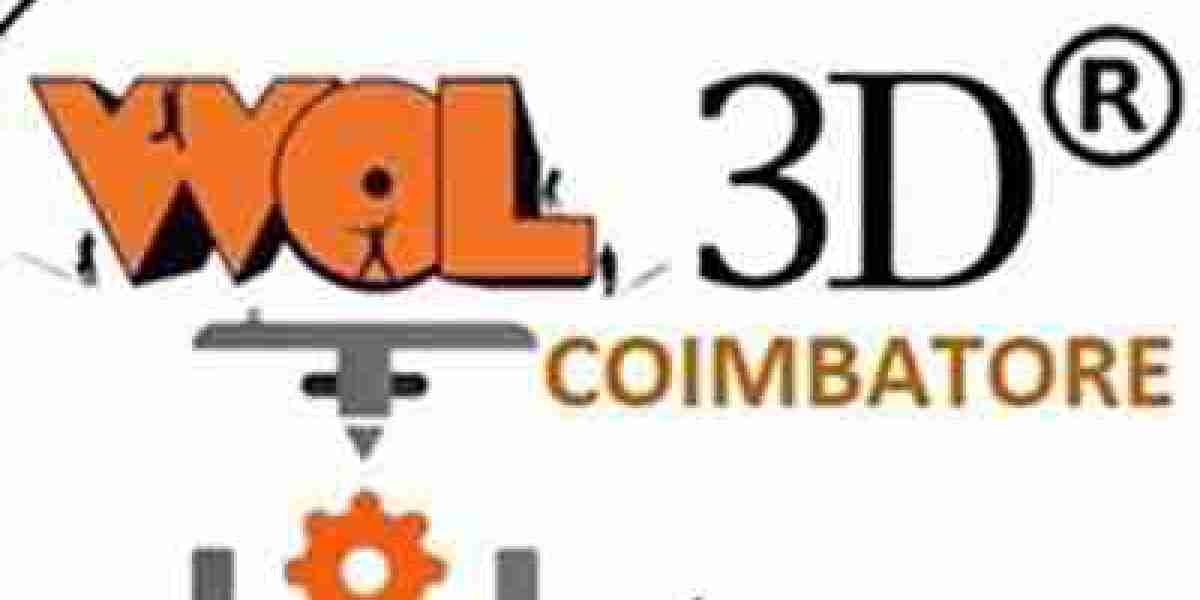With precise temperature control and uniform heat distribution, lab ovens play a vital role in sample preparation, material testing, sterilization, and scientific experiments. The purpose of this buying guide is to assist professors, students, and laboratory personnel in selecting the ideal forced air oven for their specific needs. By providing valuable insights, expert advice, and essential considerations, this guide empowers readers to make informed decisions when purchasing lab ovens, ensuring the perfect fit for their research, testing, and sample processing requirements.
Understanding Lab Ovens
Lab ovens are specialized heating devices designed for controlled temperature applications in laboratory settings. These ovens create a consistent and stable environment for heating, drying, sterilizing, and other processes necessary for research, testing, and sample preparation. Lab ovens offer precise temperature control, uniform heat distribution, and programmable settings, ensuring reliable and repeatable results.
Types of Lab Ovens:
Gravity Convection Ovens:
Use natural convection for heat circulation.
Heating element at the bottom of the chamber.
Suitable for applications with low airflow and less stringent temperature uniformity requirements.
Mechanical Convection Ovens:
Utilize internal fans for forced air convection.
Ensure even heat distribution and faster heating rates.
Ideal for precise temperature control, uniformity, and rapid heat transfer.
Vacuum Ovens:
Operate under reduced atmospheric pressure.
Remove air and moisture for efficient drying.
Used for drying sensitive materials and preserving heat-sensitive samples.
Forced Air Ovens:
Also known as convection ovens.
Employ fans for excellent temperature uniformity and faster heat transfer.
Versatile for various applications such as drying, sterilization, and heat treatment.
Understanding these different types of lab ovens will aid researchers and laboratory personnel in selecting the most suitable oven for their specific needs. This knowledge ensures optimal performance and efficiency in scientific endeavors.
Key Features and Considerations
Temperature Range and Control: Look for lab ovens that offer a wide temperature range to accommodate various applications. Precise temperature control is essential for accurate and reproducible results.
Uniformity and Stability: Check for lab ovens that provide uniform heat distribution throughout the chamber to ensure consistent results. Stability in temperature control is crucial to prevent fluctuations that may impact experimental outcomes.
Read here more about Lab Ovens Buying Guide: Find The Perfect Fit For Your Needs













